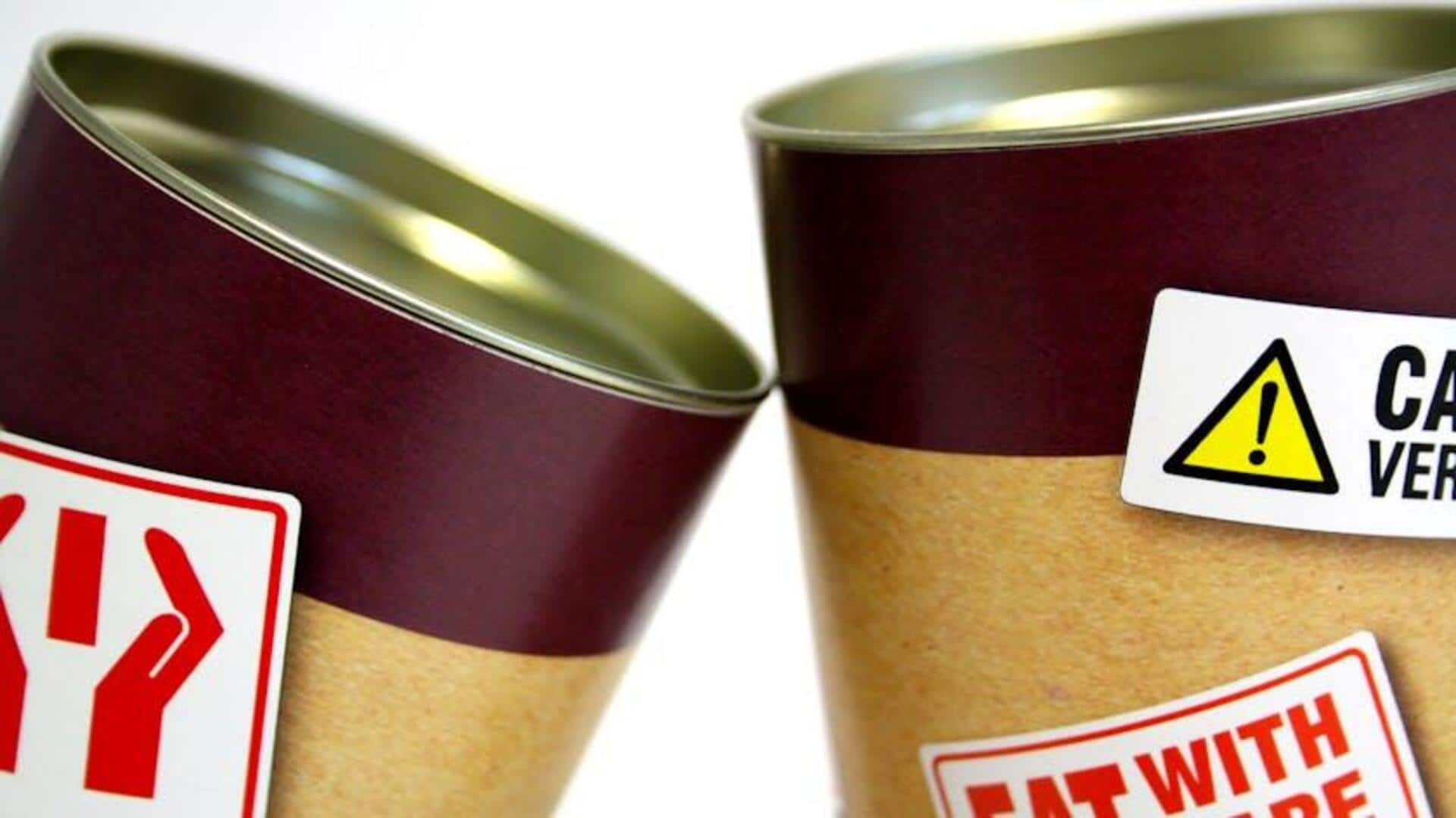
Food labels 101: What you need to know
What's the story
Understanding food labels is essential for making informed dietary choices. Food labels provide important information about the nutritional content and ingredients of packaged foods. By knowing how to read these labels, you can better manage your diet and health. This guide gives you practical tips to decode food labels, making it easier to choose products that align with your dietary needs and preferences.
Tip 1
Serving size matters
The serving size is the first thing to check on a food label. It tells you how much of the product's nutritional information applies to a single serving. Be mindful that serving sizes may differ from what you actually eat. If you consume more than the stated serving size, you may unknowingly double or triple your calorie and nutrient intake.
Tip 2
Check calories wisely
Calories are a key element of any food label, giving you an idea of how much energy a serving gives you. If you're watching your weight or your calorie intake, it's important to keep an eye on how many calories are in the foods you eat regularly. Compare different products by their calorie content per serving size to make healthier choices without compromising on taste or satisfaction.
Tip 3
Understand nutrients well
Nutrients such as fats, carbohydrates, proteins, vitamins, and minerals are all listed on food labels. Pay attention to the amount of saturated fat, sugar, sodium, fiber, vitamin D, calcium, iron, and so on, in each product. Aim for higher fiber content while keeping sugars and saturated fats low for a balanced diet. Knowing these nutrients helps you pick foods that meet your dietary goals.
Tip 4
Ingredient list insights
The ingredient list on a food label tells you what's in the product, starting from the most to least used ingredient. Look out for added sugars (they can be listed under different names like sucrose or high fructose corn syrup) and artificial additives (preservatives or colorings) that may not be beneficial if consumed in excess over time.
Tip 5
Allergens alert
Food labels also highlight allergens prominently so that people with allergies or sensitivities can avoid certain ingredients easily. Common allergens include nuts, dairy products, and gluten-containing grains. Knowing this section helps prevent adverse reactions by avoiding risky foods altogether.